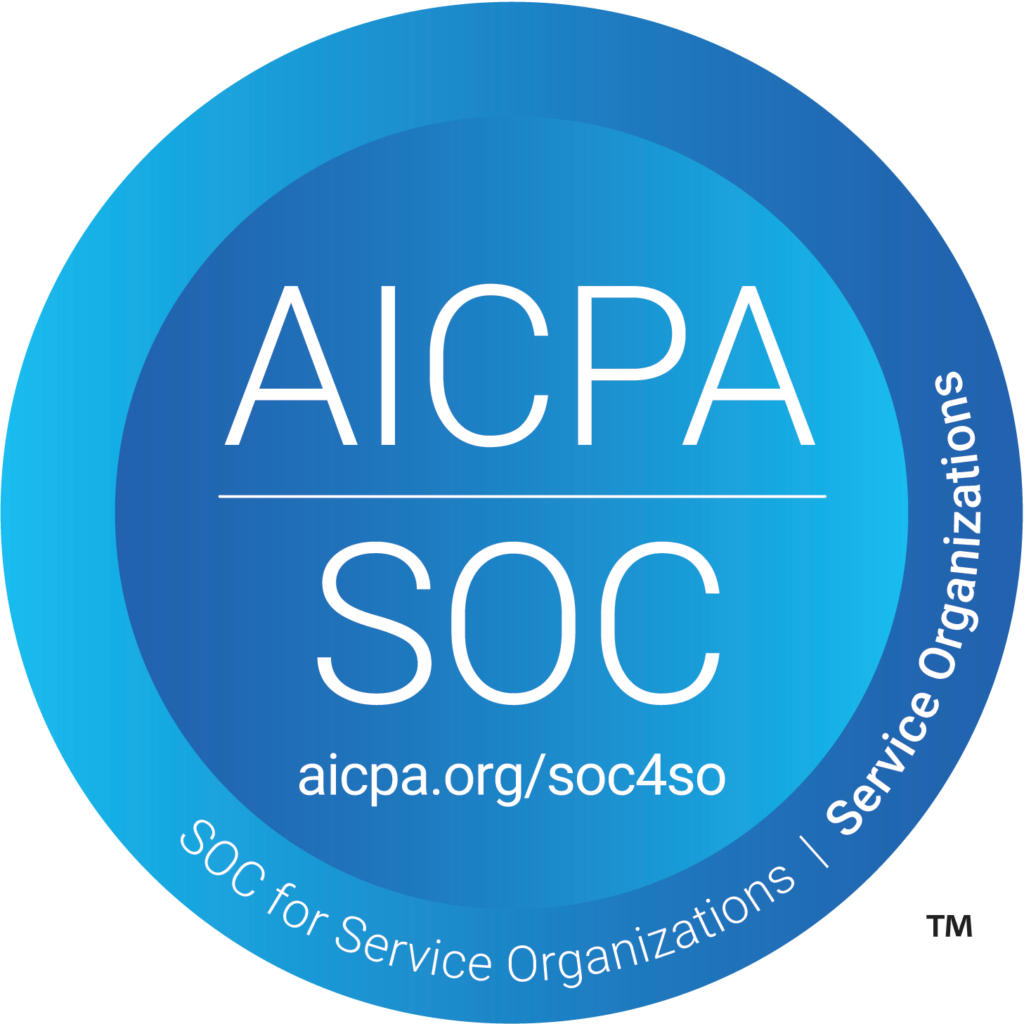

Optimizing Workforce Planning and Analytics for Government Contractors
April 16, 2024
Workforce planning used to be simpler: Fill positions with people who had the right skills and experience. Keep things running until someone retired or left. But today’s employers must be more nimble and forward-thinking, especially
Categories
Categories
- Accountancy Firms
- Acterys
- Acterys Apps
- Acterys Augmented Business Solutions
- Business Analytics
- Cash Flow Forecasting
- Financial Close and Consolidation
- Planning Budgeting and Forecasting
- Predictive Analytics
- Press
- Public Sector
- SaaS Management
- Sales and Operations Planning
- Strategic Planning
- Uncategorized
- Workforce Planning and Analytics
- xP&A










